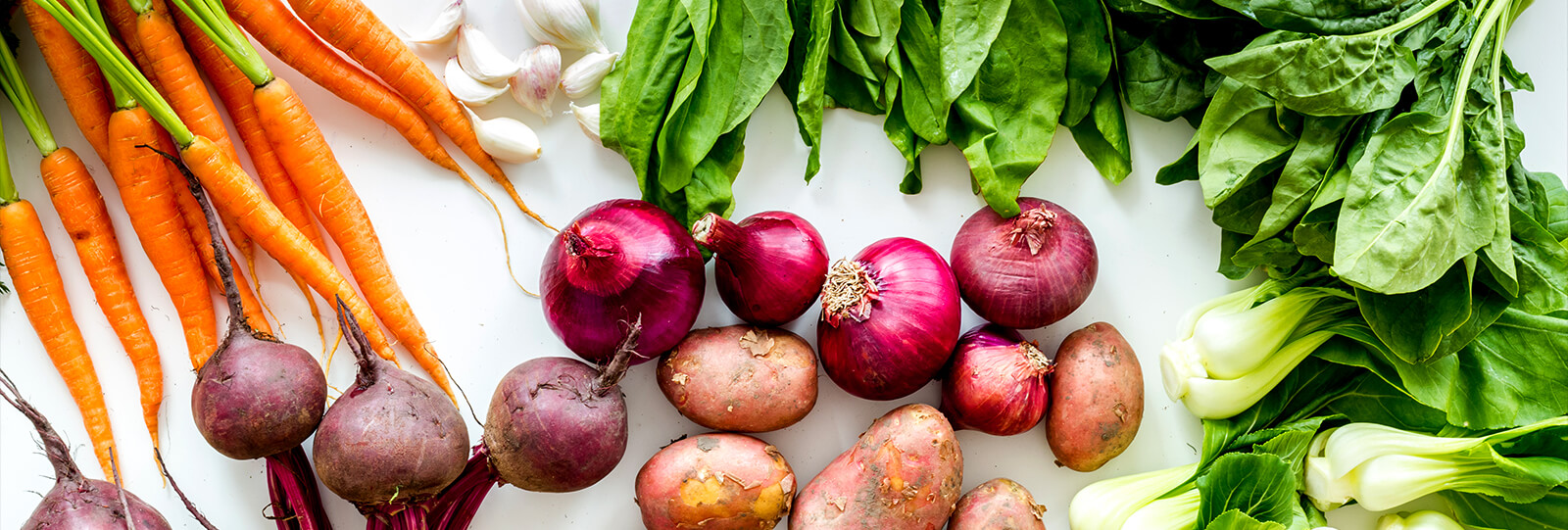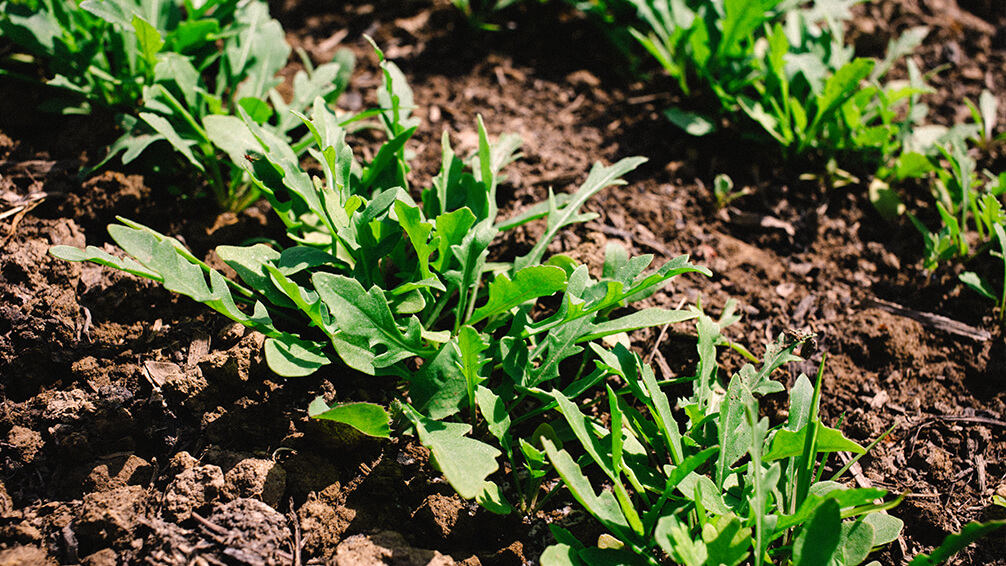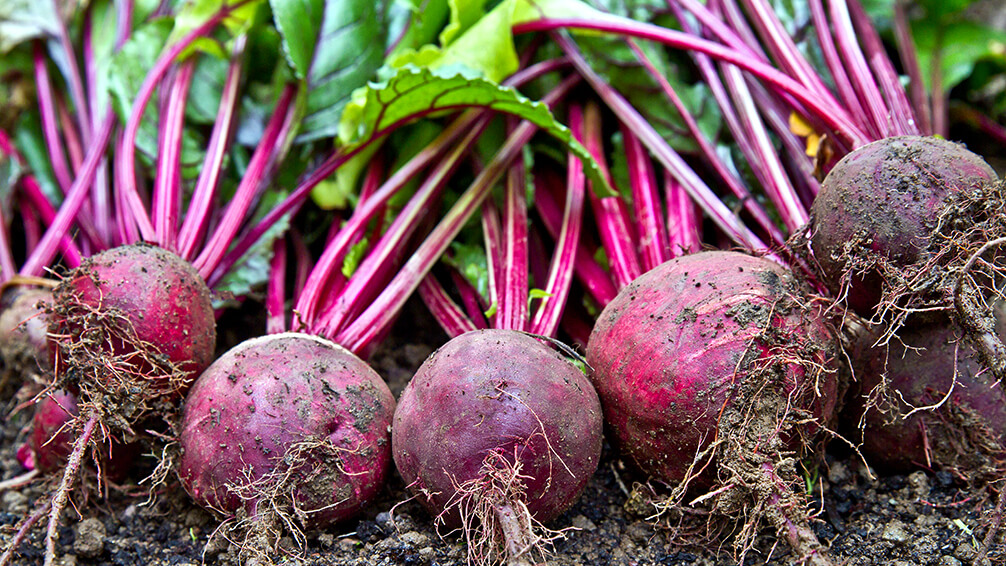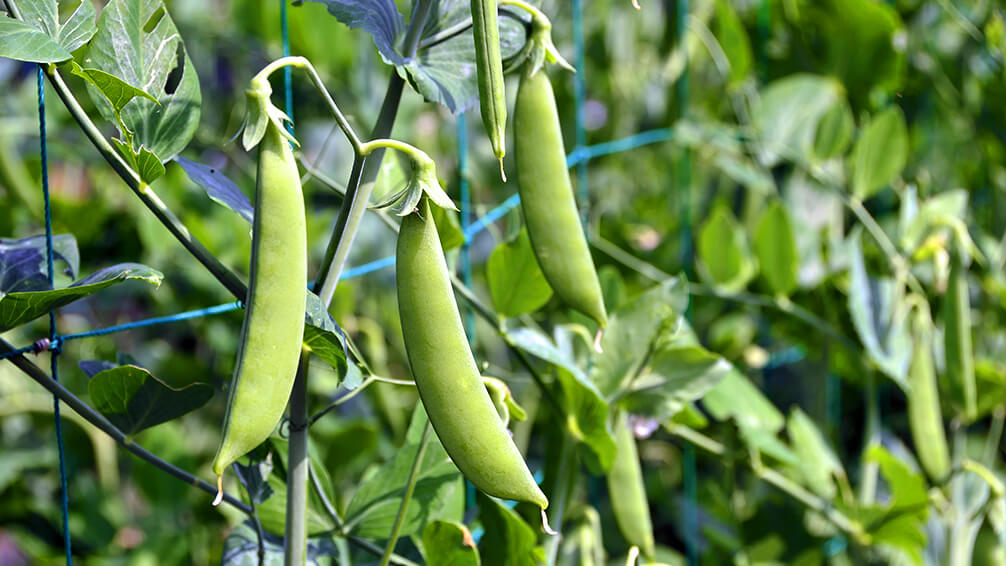
7 Garden Veggies You Should Plant This Fall In Houston
Guess what: we just updated our list of the best fall veggies to grow in Texas so that you can have a huge harvest-ready in time for all those holiday dinners! Consider this an extra-early Christmas present. One of many reasons why we love life in Houston is the never-ending gardening season, so instead of packing away our trowels at the end of October, we get to grow a whole different crop of vegetables that thrive in our winter weather.
Visit Plants for All Seasons to pick up some of these cool-weather vegetables, so you can cut back on visits to the supermarket, reduce your grocery bills, and get some much-needed vitamins and nutrients to keep that immune system strong through the winter!

7 Vegetables To Plant Now in Texas
From October to December, you can plant all sorts of yummy vegetables to enjoy through the winter months, and even into early spring. Here are our favorites to grow this year, as well as a few recommendations for creative recipes to enjoy them in!
Arugula
This spicy salad green has some serious kick, so it pairs perfectly with sweeter, honey-based dressings and creamy cheeses to balance out the flavor. It also makes an excellent crunchy topping to sprinkle on warm bowls of chili, cheeseburgers, and pizzas right before serving. It has plenty of calcium too, so if you’re lactose intolerant, this is a great way to get your daily dose!
If you don’t have much garden space, you can easily grow arugula in a container on your patio or front steps. Like other salad greens, instead of harvesting your arugula all at once, you can pick away at it every week or so, for a continual food source that’s always replenishing itself! Plant it in full sun or partial shade for best results.

Beets
Beets are such an underrated root vegetable! If there’s anything we know about vegetables, it’s that their color is often reflective of their vitamin content, and beets are some of the most ultra-vibrant foods on the planet! While most beets are bright magenta, there are also golden varieties that taste similar to carrots. They’re full of potassium and Vitamin C, and they’re great for lowering blood pressure and improving circulation.
Since beets have that natural sugary sweetness, they make a fantastic topping for arugula salads! Sprinkle on some goat cheese, candied walnuts, and a honey lemon vinaigrette, and you honestly won’t believe you’re eating a salad. If you’re tired of the same old steak and potatoes combination, roasted beets with butter and sea salt make an incredible side for beef dishes!
Spinach
Spinach, like arugula, does much better in milder temperatures and likes to be watered regularly in soil with good drainage. Spinach actually grows with a large taproot under the soil, and the leaves can be harvested and regrown at least two times, and often more. As far as vitamin content goes, it’s pretty much once of the healthiest foods in existence—there’s a reason Popeye was so ripped!
If you’re always on the hunt for an awesome vegetarian entree or appetizer, try making spanakopita triangles. Brush a sheet of phyllo pastry with melted butter, fold it in half, butter it again, and then fold it once more so you’ve got a long strip. Make a mixture of feta cheese, cooked spinach with the water squeezed out, fried onions and garlic, salt and Greek spices, and plop a spoonful onto one end of the strip. Fold them up into triangles, so they’re all sealed up, and repeat the process until you have a whole tray full! Bake them at 350° for about 20 minutes or until they’re golden brown.
Onions
You’ll never run out of uses for onions! They’re just one of those perfect vegetables with a sweet, aromatic flavor that complements so many different dishes. On top of being all kinds of delicious, they have powerful anti-inflammatory and antibiotic properties, and they’re full of Vitamins C and B6. If you plant onions regularly, we recommend using crop rotation to help prevent pests and diseases from popping up in your onion patch.
For a fabulous comfort dish that warms you up on chilly nights, make some French onion soup with a beef broth base, and bake it with toasted croutons and a thick layer of Gruyere or Swiss cheese. We’re also really loving pickled red onions as a topping for burritos, steaks, poke bowls, and pretty much anything that could reasonably have onions on it. They’re so good!

Rainbow Carrots
Carrots don’t just come in orange—there are white, yellow, and purple varieties, too! By planting a whole mix of different colored carrots, not only are you getting a different mix of antioxidants and vitamins, but you’ll notice some subtle flavor differences too! Roast them up and glaze them with butter, brown sugar, dill, and sea salt, for a colorful twist on a classic side dish.
When planting your carrots, make sure the soil is super loose. Since they’re root veggies that are meant to grow deep into the soil, they won’t do much growing if the soil is packed down. Loosen the ground up with your trowel and mix in some compost before planting to ensure that your carrots will grow as big as possible!
Cabbage
These leafy greens have such lovely textured leaves, so they really add a lot of ornamental value, on top of being edible. They’re generally quite easy to grow, but you should be sure to water them very consistently to avoid the head of the cabbage splitting. Be on the lookout for cabbage worms and loopers that like to munch on the leaves—luckily, they’re pretty easy to get rid of if you catch them early on!
Cabbage is often used for soups and salads, but for something a little different that’s packed with flavor, try making shredded sweet and sour cabbage with bacon! Fry up some cabbage with butter, balsamic vinegar, sugar, and salt, toss in some bacon, and you’ve got yourself a kid-approved vegetable side that’s on a whole other level of deliciousness.

Peas
Peas are so easy to grow, and they germinate pretty quickly, so if you’ve got kids that you’d like to get interested in gardening, this is a fantastic project for first-timers. Or, if like many others, you weren’t born with a green thumb and are still learning the ropes, that’s totally okay! You aren’t likely to encounter any major issues growing peas in the garden. Plus, there are so many different varieties to choose from, like sugar snap peas, so you can experiment with a few different peas for eating raw or cooked.
Ham and pea soup is a pretty common dish, but have you ever tried putting ham and peas in other dishes? The sweet and salty combo pairs really nicely with creamy sauces, so next time you whip up some fettuccini alfredo, sprinkle in some cubed ham and peas, and lots of cracked black pepper. For a unique but delicious pizza, spread some cream sauce across your pizza dough, top it with ham, peas, and aged white cheddar, and add a tiny little drizzle of real maple syrup. It sounds strange, but it’s really incredible!
We have so many seeds, starter plants, and bulbs ready for you to take home and plant! Head on over to Plants for All Seasons, or place an order over the phone for curbside pickup or home delivery. We also have plenty of autumn flowers to brighten up the landscape, so visit us soon to get them while they’re here!

